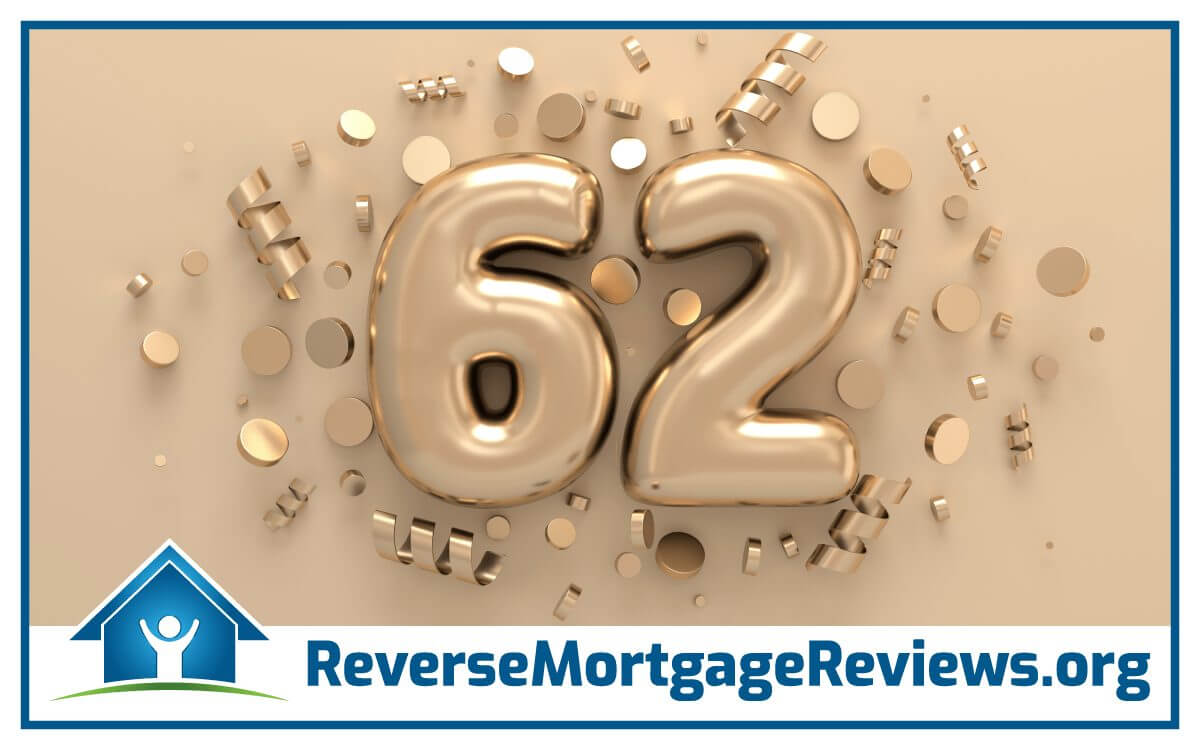What is the Minimum Age for a Reverse Mortgage?
Mike Branson Jr. – Author
Mike Branson Jr. has 25 years of experience in the mortgage banking industry. He has devoted the past 19 years to reverse mortgages exclusively. Mike has worked in several aspects of the Mortgage industry, including Loan Origination, Underwriting, and Management.What are the age requirements for a reverse mortgage?
The reverse mortgage product was specifically designed to meet the needs of an older borrower. As envisioned, this type of loan is available to help people access their home equity later in life when they may need to supplement a fixed income in retirement.
While historically, reverse mortgages were available only to people at least 62 years old, recent product developments and private reverse mortgage loans available today offer reverse mortgage options to some borrowers who are not yet 62.
In this article, you will learn:
- Age requirements for government-insured Home Equity Conversion Mortgages
- Considerations when only one borrower is at least 62
- Recent private product developments and the age requirements for some non-HECM products
- Where to learn more
Age Requirements for Home Equity Conversion Mortgages

The minimum age requirement for getting a Home Equity Conversion Mortgage, the Federal Housing Administration-insured reverse mortgage, is 62. It is a hard and fast rule that at least one borrower must be 62 as of the loan closing date for this program.
Historically, however, the rules were a little different. As recently as several years ago, all borrowers on the loan had to meet the age requirement of being at least 62 years old, meaning all borrowers on the home title. In some instances where a married couple included two people of different ages ? one meeting the requirement and the other being too young ? the couple could remove the younger homeowner from the home title to qualify for the reverse mortgage.
This led to some issues concerning these non-borrowing spouses, who did not have the same protections as the primary borrower did because they were not on the title or the loan. Today�s reverse mortgage rules differ, allowing a borrower under 62 if one spouse is 62 or older.
Because the principal limit, or the amount that a borrower can qualify to borrow, depends on the borrower�s age, those borrowing couples with a much younger spouse will qualify for less than an older couple with the same home equity and interest rate.
However, if they are on the home title and loan, those younger spouses will enjoy the same protections as the borrower. These protections include the right to remain in the home should the older borrower pass away, as well as the guarantee that proceeds will be made available as specified in the terms of the loan, even if the lender should go out of business or otherwise fail to adhere to the loan terms.
Reverse Mortgage Age Chart
| Age of Borrower | Loan-to-value | HECM Lending Limit |
|---|---|---|
| 62 | 34.5% | $1,149,825 |
| 65 | 36.6% | $1,149,825 |
| 70 | 40.3% | $1,149,825 |
| 75 | 43.2% | $1,149,825 |
| 80 | 47.7% | $1,149,825 |
| 85 | 54.0% | $1,149,825 |
| 90 | 61.0% | $1,149,825 |
*Principal Limit Factors source: HUD.gov�
When only one borrower is at least 62
In the case of a married couple in which only one spouse is 62 or older, the couple can still qualify for a reverse mortgage. The main downside may be that the couple qualifies to borrow less than the single older borrower based on the same home equity and interest rates. Today�s principal limit factors include younger ages, showing the borrowing power of couples of various ages.
When only one borrower is 62 or older, the other borrower, as a named borrower, is entitled to all the same protections as the older borrower.
Age requirements for private reverse mortgages
There are many non-HECM reverse mortgage products available today. The government does not insure these private or proprietary reverse mortgages, which are not subject to the same rules and requirements. While they are similar in many ways, there are a few key differences:
- Private reverse mortgages do not have the same lending limits that HECM loans do, meaning they can offer more borrowing power for borrowers with home values well above the HECM limit of $970,800
- Private reverse mortgages may be available to borrowers who are not yet 62. Some private products are available to borrowers starting at age 60, for example, with at least one private reverse mortgage currently available to borrowers who are 55 and older.
Other distinctions vary by product, so it is essential to explore all the options available, particularly for borrowers who may be younger than 62 years old or couples where both parties are under 62 years old. Despite not being 62, there may be private reverse mortgages available.
Where to learn more
There are lots of resources available where prospective borrowers can learn more about reverse mortgages, their age requirements, and how the borrowers� ages impact the amount that can be borrowed. The Department of Housing and Urban Development administers the HECM program and provides information on HECM loans and considerations for spouses and non-borrowing spouses of reverse mortgage borrowers.
Regardless of the younger borrowers� ages, it is always a good idea to disclose all homeowners and their ages during the reverse mortgage application process.
If you are considering a reverse mortgage, whether you are 62 or have yet to reach the HECM age requirement, contact All Reverse Mortgage to learn more about the available reverse mortgage loan programs.
|
No Comments on “What is the Minimum Age for a Reverse Mortgage?”
|

